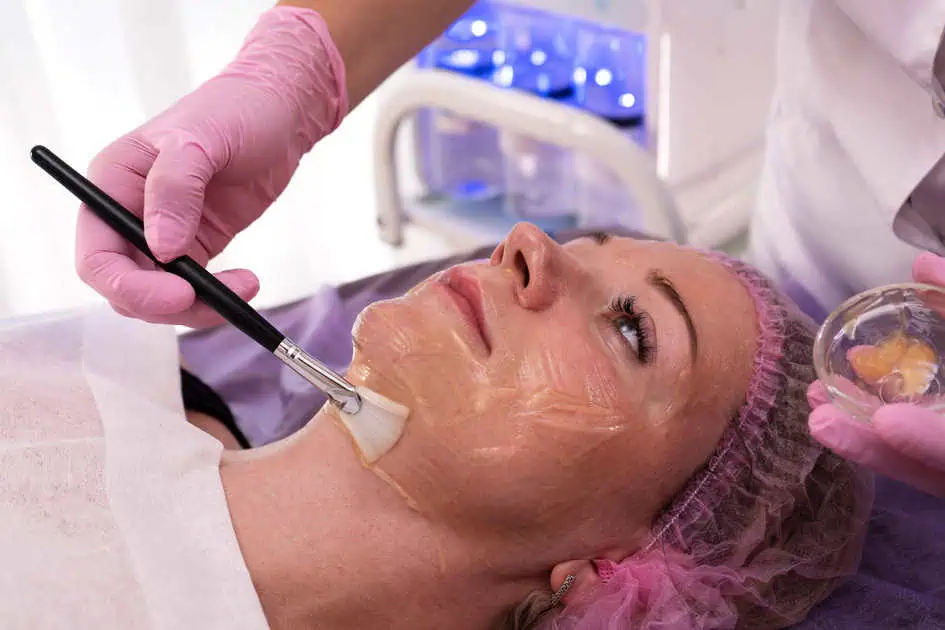Pioneering Facial Rejuvenation Techniques
In recent years, microneedle technology has emerged as a revolutionary approach in the realm of facial rejuvenation. From its humble beginnings to its current state-of-the-art advancements, the evolution of microneedle technology has reshaped the landscape of cosmetic dermatology. In this comprehensive guide, we delve deep into the origins, development, and future prospects of microneedling, shedding light on what lies ahead for this transformative skincare technique.
Unveiling the Origins of Microneedle Technology
Microneedling, also known as collagen induction therapy, traces its origins back to the early 20th century when dermatologists began exploring innovative ways to enhance skin rejuvenation. The concept behind microneedling revolves around the stimulation of the body’s natural healing response through the creation of controlled micro-injuries on the skin’s surface. These micro-injuries trigger the production of collagen and elastin, two vital components responsible for maintaining skin elasticity and firmness.
Initially, microneedle technology primarily involved manual dermarollers, which consisted of small, handheld devices with tiny needles attached to a rolling mechanism. While effective, manual dermarollers had limitations in terms of precision and consistency, prompting researchers to seek more advanced alternatives.
Evolution of Microneedle Technology: From Manual to Automated Systems
The advent of automated microneedling devices marked a significant milestone in the evolution of this technology. Automated systems, such as microneedling pens and stamping devices, offered greater precision, control, and reproducibility compared to their manual counterparts. These devices feature adjustable needle depths and customizable treatment parameters, allowing practitioners to tailor the procedure according to each patient’s unique skin concerns and goals.
Furthermore, advancements in microneedle design and engineering have led to the development of specialized needles, such as nano and pyramid-shaped tips, which optimize product penetration and enhance treatment outcomes. The integration of microneedle technology with other modalities, such as radiofrequency and LED therapy, has further expanded its therapeutic potential, offering synergistic effects for enhanced skin rejuvenation.
The Current Landscape of Microneedle Technology in Facial Rejuvenation
Today, microneedling has emerged as a cornerstone treatment in the field of facial rejuvenation, offering a versatile solution for addressing various skin concerns, including wrinkles, fine lines, acne scars, hyperpigmentation, and uneven texture. Its minimally invasive nature, coupled with minimal downtime and side effects, has made it a popular choice among patients seeking non-surgical alternatives to traditional cosmetic procedures.
Clinicians have embraced microneedle technology as a versatile tool that can be customized to meet the diverse needs of their patients. Whether used as a standalone treatment or combined with topical serums, growth factors, or platelet-rich plasma (PRP), microneedling offers a versatile platform for delivering therapeutic agents deep into the skin, thereby maximizing their efficacy and promoting faster healing and regeneration.
What’s Next in Facial Rejuvenation: The Future of Microneedle Technology
As we look to the future, the evolution of microneedle technology shows no signs of slowing down. Researchers and innovators continue to explore novel approaches and advancements aimed at further enhancing the efficacy, safety, and patient experience of microneedling procedures.
One area of ongoing research involves the integration of microneedle technology with advanced imaging and sensing capabilities, allowing for real-time monitoring of skin parameters and treatment response. This personalized approach enables clinicians to optimize treatment protocols and tailor interventions based on individual skin characteristics and therapeutic goals.
Furthermore, the development of microneedle patches and wearable devices opens up new possibilities for at-home skincare regimens, empowering individuals to maintain optimal skin health and address common concerns without the need for frequent clinic visits. These wearable technologies offer convenience, accessibility, and affordability, making them a promising avenue for democratizing skincare and promoting proactive self-care practices.
Conclusion: Embracing Innovation in Facial Rejuvenation
In conclusion, the evolution of microneedle technology represents a testament to the relentless pursuit of innovation in the field of facial rejuvenation. From its humble beginnings to its current state-of-the-art advancements, microneedling continues to redefine the standards of skincare excellence, offering safe, effective, and customizable solutions for patients worldwide.
As we venture into the future, the possibilities for microneedle technology are limitless. By harnessing the power of innovation, collaboration, and scientific discovery, we can unlock new frontiers in skincare and empower individuals to look and feel their best at every age.






